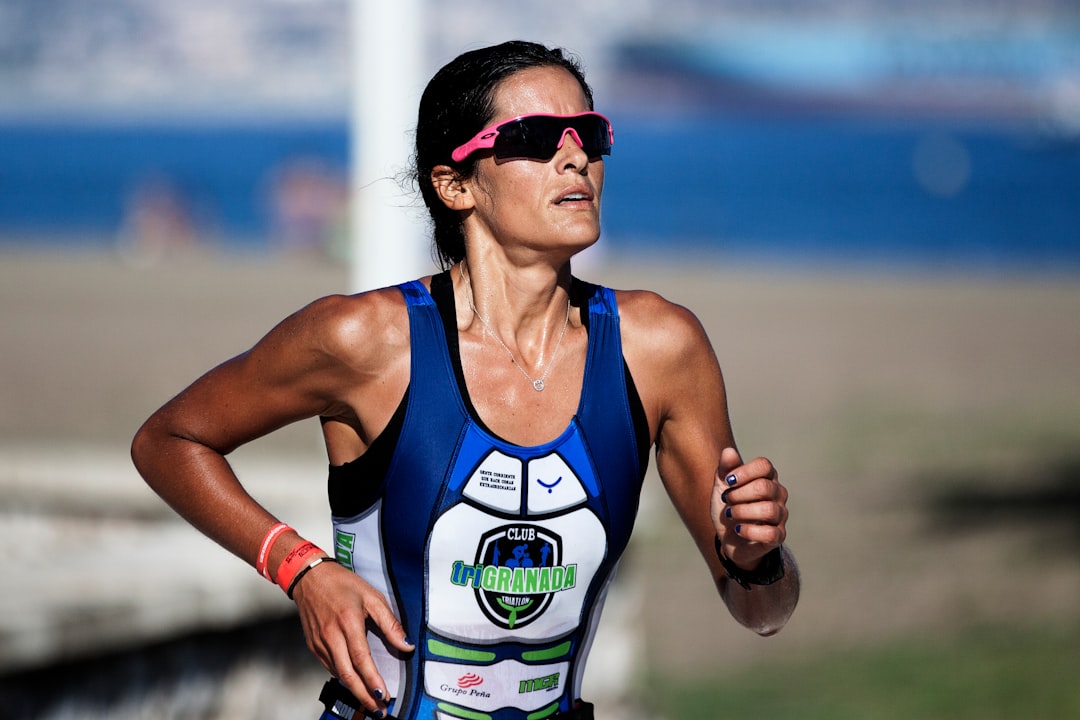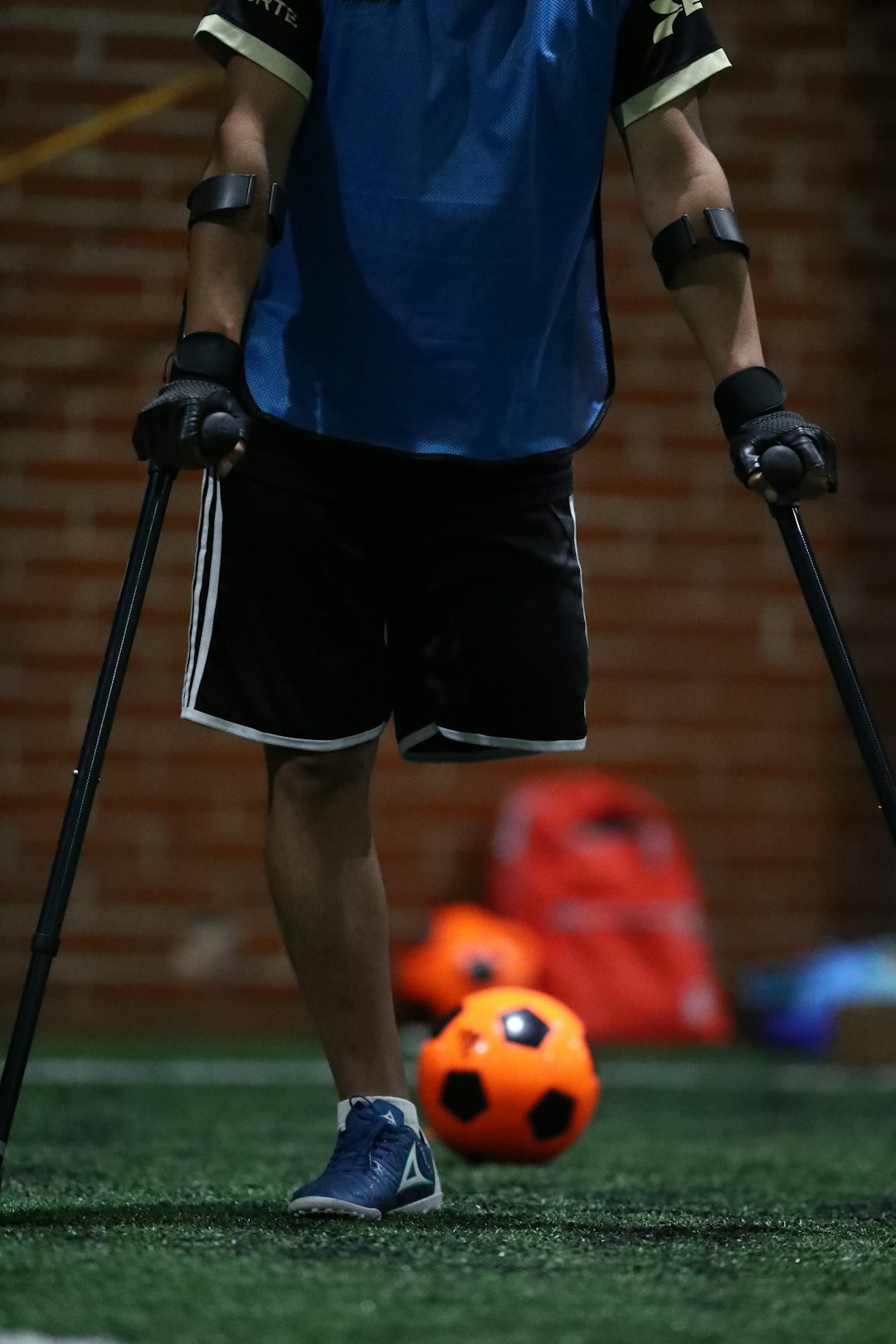Getting injured is tough for any athlete. Whether you’re a weekend warrior or a pro, sitting out can drive you a little crazy. But once you’re ready to return, you can’t just jump back in. That’s where a graduated return to sport strategy saves the day. It’s like a superhero plan for getting back into action — safe, strong, and smart!

What does “graduated” mean?
It means taking things step by step. You move from light activities to full-on competition at a steady, controlled pace. Think of it like climbing stairs — not hopping to the top in one giant leap. That would be risky and potentially painful!
Why is this so important?
Because your body needs time to heal. Even if your pain is gone, your muscles, joints, and brain might not be ready for full-speed moves. A graduated program helps you:
- Reduce the risk of re-injury
- Rebuild strength and flexibility
- Regain confidence
- Get back to top form — safely
Here’s how a graduated return works:
- Rest and Recovery: No sports just yet. Let your body chill and heal.
- Light Movement: Walking, stretching, or very easy exercises.
- Sport-Specific Drills: Start including gentle actions from your sport. Nothing too intense.
- Controlled Practice: Play your sport, but with fewer risks — think no-contact in football or only drills in soccer.
- Normal Training: Return to full training with the team.
- Full Return: You’re back! Competing, playing, and loving it.
Sounds easy, right? Maybe. But there’s a trick — you have to listen to your body. If something hurts, slow down. Go back a step if needed. Pushing through pain can make things worse and land you back on the bench.
Now, let’s talk brain stuff.
If you had a concussion, it’s even more important to take it slow. Going back too soon can lead to big problems, like Second Impact Syndrome, which is scary and serious. That’s why doctors and coaches follow strict return-to-play steps for head injuries.

Confidence is key too!
After an injury, athletes often feel nervous. “Will this hurt?” “What if I fall again?” A gradual return helps you gain trust in your body. Little wins — like finishing a light run without pain — can boost your mood and build your confidence.
Coaches and trainers love this plan. It gives them a clear roadmap to support you. Without it, everyone’s just guessing. And nobody wants that! Even your teammates are happier seeing you come back strong, not limping around or playing hesitant.
Fun fact: Many pros use this strategy too! Big-name athletes don’t rush their return. They follow a specific plan with doctors, therapists, and coaches. If it works for them, it’ll work for you!
Here are a few golden tips for success:
- Stay patient: It might be boring, but your future self will thank you.
- Ask for help: Therapists, trainers, and coaches are there to guide you.
- Celebrate progress: Every stage is a victory.
In the end…
A graduated return to sport isn’t just about safety. It’s about setting yourself up for long-term success. You come back better, smarter, and more in tune with your body. So next time you’re recovering, remember — slow and steady isn’t just for turtles. It’s for champions too.

Now go crush it — the smart way!
